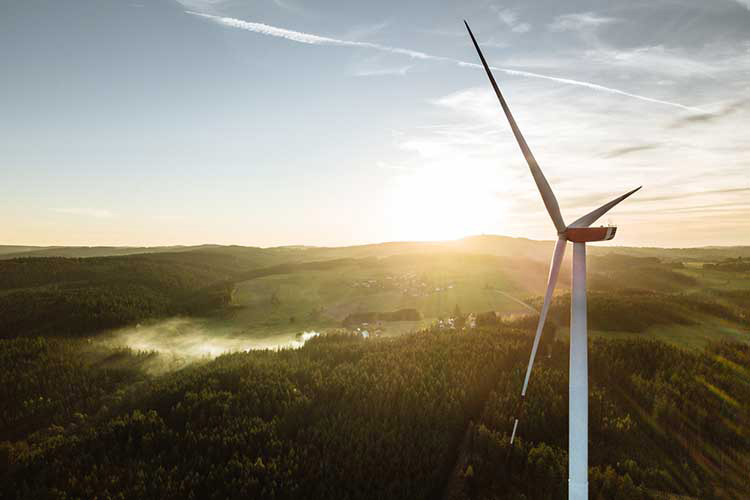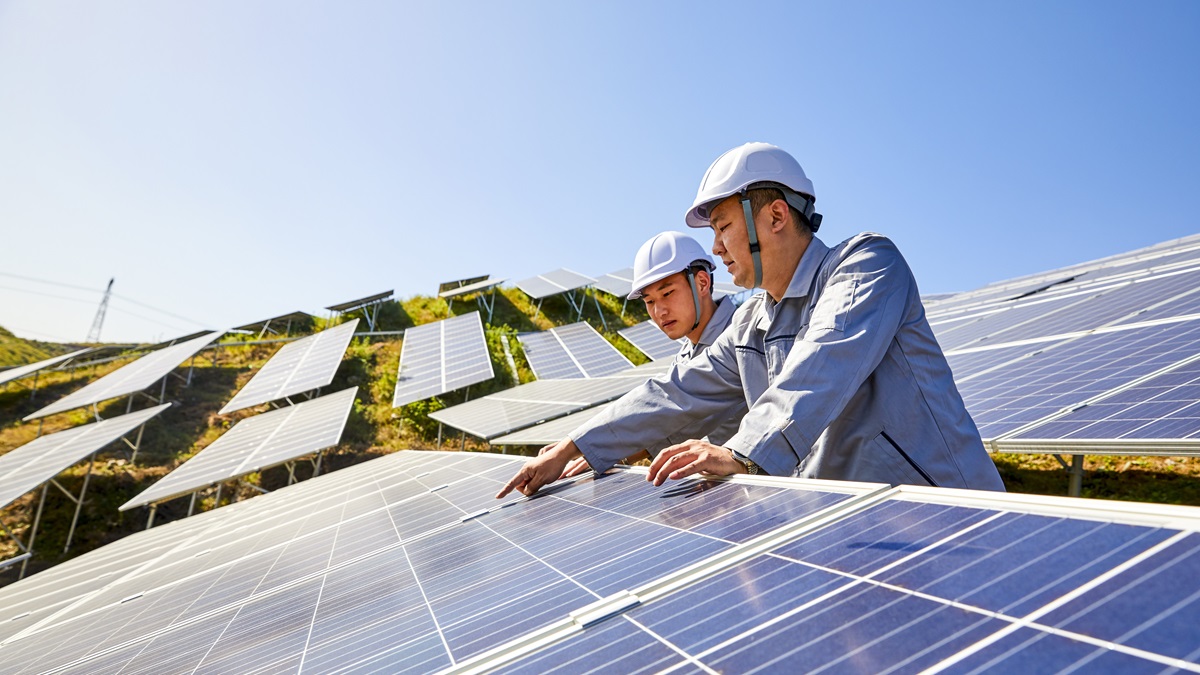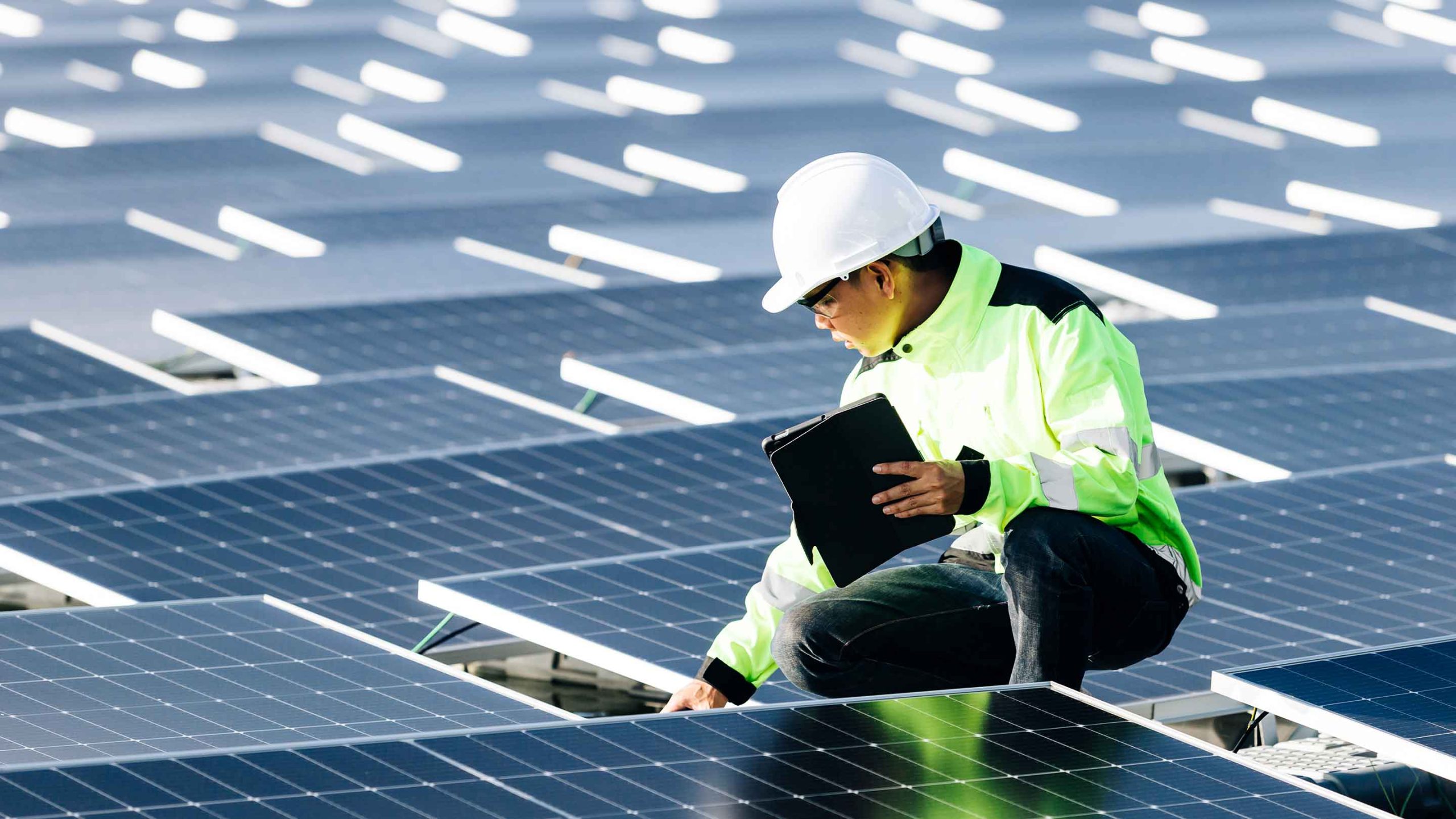The Future of Energy: How Businesses Are Leading the Shift to Sustainable Power
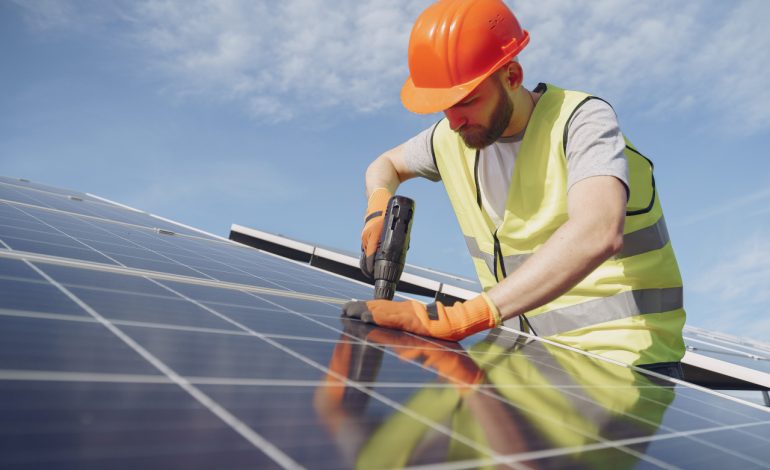
As the global demand for energy continues to rise, businesses find themselves at the center of a seismic shift in how power is generated, consumed, and managed. Climate change, geopolitical tensions, and evolving consumer expectations have made it clear: the future of energy lies not in fossil fuels, but in sustainable, renewable, and smart energy systems.
Today, forward-thinking companies are not just responding to this transition—they are leading it. From multinational corporations to small startups, businesses across industries are embracing clean energy solutions to reduce costs, meet regulations, and enhance brand reputation.
In this article, we’ll explore the evolving energy landscape, how businesses are adapting, and why sustainability is no longer just a buzzword—it’s a competitive advantage.
The Business Case for Clean Energy
At first glance, transitioning to clean energy may seem like a costly endeavor. But in reality, the economics of sustainability have shifted dramatically. Thanks to technological advancements and government incentives, renewable energy is now cheaper than traditional fossil fuels in many parts of the world.
Key Drivers Behind the Shift:
-
Cost Savings: Solar and wind energy costs have fallen over 80% in the past decade. Businesses that install on-site renewable systems can drastically reduce long-term utility expenses.
-
Regulatory Pressure: Governments around the world are introducing stricter emissions regulations and offering incentives for businesses to adopt clean energy.
-
Investor Expectations: ESG (Environmental, Social, and Governance) criteria are increasingly influencing investment decisions. Companies with sustainable practices often attract more funding and higher valuations.
-
Brand Value: Consumers prefer environmentally responsible brands. Companies that showcase their green credentials gain customer loyalty and positive media attention.
Renewable Energy: The Core of the Transition
1. Solar Power
Solar is the most accessible renewable energy source for businesses. From rooftop panels to large-scale solar farms, solar energy systems are scalable, reliable, and relatively easy to implement. Companies like Google, Apple, and Amazon have already transitioned many of their facilities to 100% solar power.
Benefits for businesses:
-
Energy independence
-
Tax credits and rebates
-
High return on investment over time
2. Wind Energy
While not feasible for every business, wind power is a major contributor to utility-scale clean energy. Companies with access to open land or offshore opportunities can benefit from wind energy’s low operating costs and consistent output.
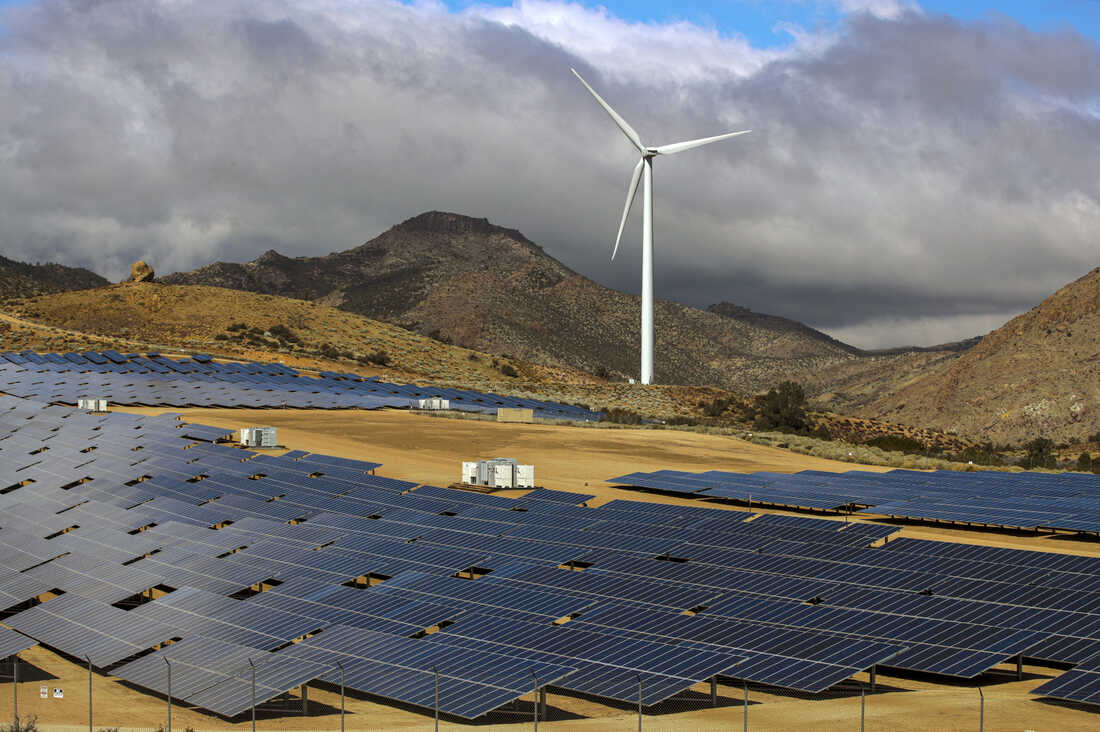
Some businesses also partner with wind farms through power purchase agreements (PPAs), allowing them to buy clean energy without building their own infrastructure.
3. Geothermal and Hydro
Though more geographically limited, geothermal and hydropower offer consistent base-load energy with minimal environmental impact. Certain manufacturing, hospitality, and agricultural businesses are exploring these options for localized energy production.
Energy Storage: Solving the Intermittency Problem
One of the key challenges with renewables is their intermittent nature—solar only works when the sun shines, and wind only generates when the wind blows. That’s where energy storage technologies come in.
Battery Solutions
Advanced battery systems, like Tesla’s Powerwall and commercial-scale lithium-ion units, allow businesses to store excess energy and use it during peak demand. This not only ensures reliability but also reduces peak-time energy costs, which can be significantly higher.
Grid Integration
Some companies go further by participating in demand response programs—adjusting their energy use in real time based on grid conditions. By doing so, they contribute to grid stability and can earn financial incentives.
Smart Technology and the Digital Energy Revolution
Digitization is playing a massive role in modernizing how businesses manage energy.
Smart Meters and IoT
Smart meters and connected sensors give businesses real-time insights into their energy usage. This data helps identify inefficiencies, predict maintenance needs, and optimize equipment performance.
For example, a smart HVAC system can adjust heating and cooling based on occupancy and weather forecasts—saving energy without sacrificing comfort.
AI and Predictive Analytics
Artificial Intelligence is transforming energy forecasting and system optimization. Businesses use AI to:
-
Predict energy demand
-
Optimize renewable output
-
Prevent downtime
-
Make better purchasing decisions on the energy market
Energy as a Service (EaaS): A New Business Model
For companies that lack the capital to invest in energy infrastructure upfront, Energy-as-a-Service models are gaining traction. Under this model, a third party installs, operates, and maintains the energy system—while the business pays a fixed monthly fee or shares in the savings.
This model allows businesses to:
-
Avoid high capital expenditures
-
Access the latest energy technologies
-
Improve sustainability metrics without added complexity
Case Studies: Businesses Leading the Way
1. Apple
Apple powers all its facilities worldwide with 100% renewable energy and is working with suppliers to do the same. They’ve also invested in solar farms, energy storage, and recycling initiatives.
2. IKEA
IKEA owns and operates more than 900,000 solar panels on its buildings worldwide. It’s also investing heavily in wind farms and aims to become climate-positive by 2030.
3. Walmart
The retail giant has committed to powering 100% of its global operations with renewable energy by 2035 and achieving zero emissions by 2040. It’s investing in onsite solar, wind, and clean transportation.
The Role of Small and Medium Businesses (SMBs)
Sustainability isn’t just for Fortune 500 companies. Many small and medium-sized enterprises (SMEs) are taking meaningful steps to reduce their carbon footprint. From installing solar panels to joining green energy cooperatives, SMBs are discovering that clean energy improves not only the planet but also their bottom line.
Community-supported energy projects, local grants, and utility incentives make it increasingly accessible for smaller businesses to participate in the clean energy transition.
Challenges to Address
Despite the momentum, there are challenges:
-
Upfront costs can still be a barrier, especially for smaller firms.
-
Grid infrastructure in some areas isn’t ready for high penetration of renewables.
-
Policy inconsistencies between regions can make planning difficult for multinational businesses.
-
Supply chain sustainability is still a work in progress for many companies.
Solving these challenges will require public-private collaboration, investment in infrastructure, and continued innovation.
Looking Ahead: A Strategic Imperative
The future of business is inextricably linked to the future of energy. Companies that ignore sustainability risk falling behind—both financially and reputationally. In contrast, those that embrace clean energy not only future-proof their operations but also create meaningful impact for people and the planet.
Key Takeaways for Businesses:
-
Start with an energy audit to understand current consumption and inefficiencies
-
Set clear sustainability goals with measurable KPIs
-
Explore available incentives, grants, and partnerships
-
Communicate your efforts transparently to customers and stakeholders
-
Invest in technology that allows for scalability and adaptability
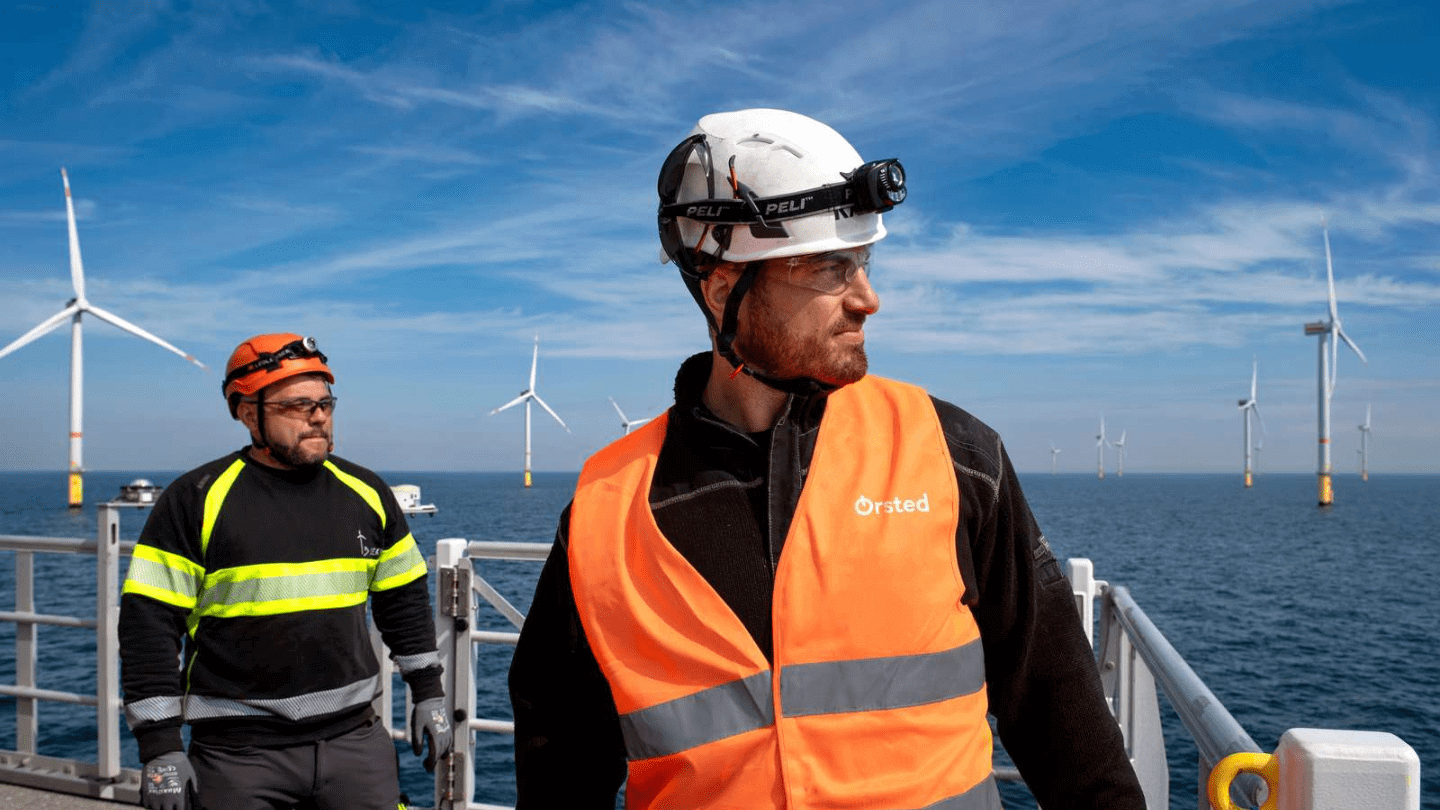
Conclusion
The global shift toward sustainable energy is not a trend—it’s a necessity. As governments, investors, and consumers demand cleaner and more responsible practices, businesses must evolve or risk being left behind.
Fortunately, the tools, technologies, and opportunities are already available. By embracing renewable energy, smart systems, and innovative business models, companies can lead the way into a cleaner, smarter, and more resilient energy future—while improving profitability and purpose at the same time.

